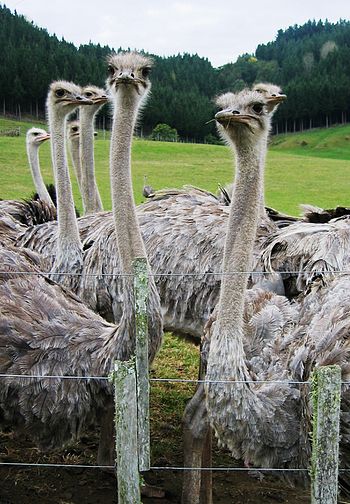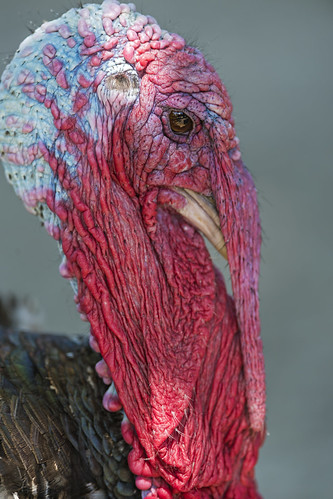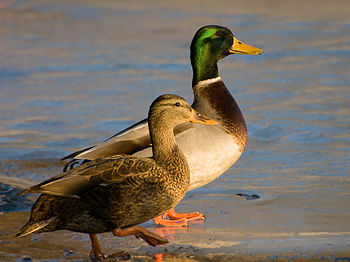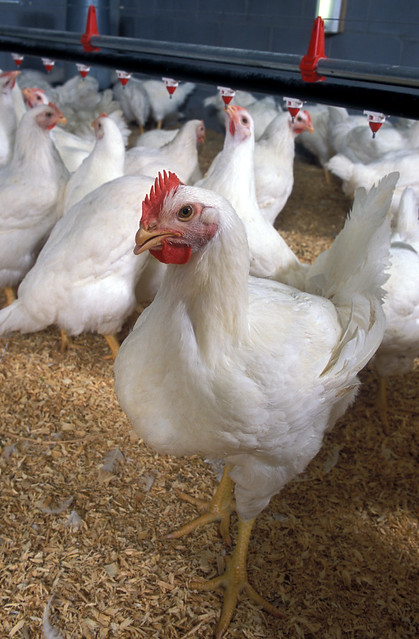 |
| (Cairina moschata) with wings outstretched (Photo credit: Wikipedia) |
The first thing to consider is your duck breed. Peking ducks are the most popular. People often visualize this white duck as the stereotype whenever they plan on raising ducks. However, there are other duck breeds that you can prefer. Another breed, the Rouen duck breed is also popular. The Muscovy duck is a good choice for pasture. Ornamental duck breeds like Wood Ducks and Mandarin Ducks are also good choices. You can always check a good guide on how to raise ducks whenever you encounter any issues.
Incubating and brooding your own duck eggs and ducklings can be considered as a start. People often use a broody chicken to hatch their duck eggs while others use incubators; the choice is yours. If you prefer artificial incubation, you may use incubators that does not require manual turning of eggs. You can choose hens if you choose to use chicken incubation as they make excellent mothers. A good choice is the Silkie breed.
Duck eggs may take about 28-30 days to hatch. They hatch longer than chickens. Other breeds like the Muscovy duck, may take up to 35 days before the eggs begin hatching.
Another important aspect on how to raise ducks is brooding. As soon as the ducklings hatch, they should be placed in a brooder. If you are using the chicken brooding method, however, the hen will do the job. Put a soft litter and make sure that the duck brooder is clean and dry. You can use wood shavings or corncob for your litter. Put a 250-watt lamp to ensure that your ducklings are getting adequate heat. About 90 degrees Fahrenheit temperature should be maintained; it should be decreased by 5 degrees on the succeeding weeks.
Chick feeds can be used as an alternative when feeding your ducklings. They are high in protein and will aid the growth of your ducks. Once they grow, you can use grower feeds for chicken. You can use an ordinary poultry waterer for their water. But make sure that the ducklings can dip their entire head and beak into it. Ducks need plenty of fresh, clean water just like any other waterfowls.
Ponds and pools are not often necessary but make sure that you put a place to keep their heads wet. If you are using a chicken coop to raise your ducks, make sure that there is plenty of space for them to roam. Brooding ducklings need about a half of a square foot. This should be doubled as they grow older.
Now you know how to raise ducks. Raising ducks can be hard but is very rewarding.
|













